The math is simple, and shocking.
The current market price for one kilo of Madagascar vanilla beans has surged to $400. Each gallon of vanilla extract requires over 13 ounces of vanilla beans. That would put the price of a gallon of single fold vanilla extract over $150, just in the raw material (vanilla beans), not including any other costs.
These vanilla prices are unsustainable for you, our customers, and for us. The new euphemism floating around the industry is “demand destruction,” which translates to end users abandoning pure vanilla.
We went to Madagascar in July to investigate the situation firsthand and will return next month to inspect our vanilla beans before shipping. We had been expecting prices to slide by now. Naturally, we hesitate to make further predictions, but we can’t see how these prices stick. The question is when will they come down, by how much, and what to do in the meantime.
We’re sending you this report to provide our best insight, gleaned from our own work on the ground and our partners in Madagascar, as well as global industry sources, to help you make informed decisions.
Here’s where things stand:
VANILLA PRICES
--Vanilla Prices escalated rapidly during last June’s harvest and continued to rise through the summer. They stabilized briefly in mid-September at $300 to $330 a kilo, as buyers pulled out hoping for the frenzy to cool. Then suddenly in early October, prices surged again as large exporters re-entered the vanilla market.
-- We now face a big decision: continue to buy beans and risk holding inventory whose costs cannot be recovered if vanilla prices fall, or postpone further purchases until 2017, at the risk of facing potentially even higher vanilla prices. To put the problem in perspective, just one ton of vanilla beans now costs $360,000.
VANILLA CROP
--The 2016 Madagascar crop is estimated at 1,300 to 1,600 tons and will ship in November. Most of it was pre-purchased. Farmers also withheld as much as 40 percent of the crop to cure themselves and cash in on high prices. These vanilla beans, called Vrac, will be on the market through late December. Some are good quality, but many are only partially cured and have been stored for months in vacuum packs. Vacuum packing destroys improperly cured vanilla beans by creating powerful phenolic compounds that ruin bean aroma.
--The 2017 Madagascar crop is starting to flower. This year’s bloom appears to indicate a good-sized crop, but has been delayed by cold weather, leaving us guessing as to its actual size. Late blooms do not usually portend bumper crops. But a decent-sized crop could lead speculators, including farmers, to unload inventories.





VANILLA QUALITY
--Quality is falling. When one kilo of cured vanilla beans is worth $400, and per capita annual income in Madagascar is just $1500, you can see how big the incentive is to pick vanilla beans too early, both to cash in and avoid theft. Vanillin content should range from 1.7 to 2.0, but has dropped in many cases to 1.3 to 1.5. Short vanilla beans and “cuts” ( vanillin content of 0.5 to 0.9), the flavorless vanilla beans that should be discarded, are being sold.
--Customers are demanding lower vanilla prices, so some extractors are using these inferior vanilla beans to blend into their extracts to reduce costs. They are also turning to inferior Indonesian beans that have little flavor but pass as pure vanilla.
--The government of Madagascar is aggressively enforcing its ban on vacuum packing. The crackdown could induce more Vrac inventories onto the market as farmers attempt to avoid fines or the cost of bribing inspectors. This could help soften vanilla prices.
--Some exporters have adopted so-called “quick curing” and “green vanilla bean extraction” to cash in on high prices. These quasi-industrial techniques are not new, and they yield a very inferior product. They also threaten the entire culture of hand-curing in Madagascar and the thousands of workers who depend on it.
OTHER REGIONS:
--As noted, Indonesian vanilla beans can be very low grade. Their vanilla prices are nonetheless creeping up to $300 a kilo as extractors blend them with Madagascar vanilla beans to cut costs. Production is expanding rapidly.
--Papua New Guinea’s Tahitian vanilla beans have been selling at around $200 a kilo. Some extractors are blending these vanilla beans with Madagascar’s “Bourbon” planifolia variety to reduce costs. But the PNG market is mostly sold out. The next crop won’t come in until early 2017. Production is also expanding.
--Other regions, including Mexico, where vanilla originated, and Tonga, where we have long sourced our gourmet vanilla beans, are in production but quantities are too small to affect global vanilla prices.




WHY SUCH HIGH PRICES?
It’s supply and demand, fueled by a bubble mentality.
--Extractors entered 2016 with low inventories, because vanilla bean prices had already risen substantially. When the green vanilla market opened in June, prices suddenly surged as extractors sought to rebuild depleted stocks. At the same time, there were no carryover stocks of unsold beans in Madagascar to soften the market.
--The price spike began fueling itself. Farmers held back more Vrac. Curers demanded that their buyers pay up front to secure green vanilla beans. Without such pre-financing, it is unlikely that local exporters would have had the capital to pay such exorbitant prices for green vanilla beans. Novice speculators on the ground are adding to the turmoil.
--The 2016 Madagascar crop came in about 25 percent below expectations, estimated at no higher than 1,600 tons. Indonesia’s crop was about 400 tons.Global demand is estimated at 2,700 to 3,000 tons, far exceeding these supplies.
--Large-scale demand from big food manufacturers and grocery chains has increased sharply as the food industry shifts toward pure, natural and artisanal ingredients. Nestle, as one example, has gone to “all natural” flavors. An estimated 18,000 products globally contain vanilla extract or flavor. There is simply not enough pure vanilla extract to meet that demand.
-- The 2002-2004 vanilla crisis set the stage for today’s classic boom-bust cycle. Prices soared to nearly $600 a kilo, encouraging speculation and over-planting. They suddenly crashed to $25 a kilo. Low prices then discouraged planting and stimulated demand. High quality vanilla was was very cheap for a very long time, and carryover inventories from the crisis masked a growing imbalance between supply and demand. Now those inventories are gone and the cycle is repeating itself.
WHAT NEXT?
--The current market is very unstable. A market correction is widely expected in the 1st or 2nd quarter of 2017 with a Madagascar crop of approximately 1,600 tons and increased supplies from Indonesia and Papua New Guinea. We expect a hard landing. Anyone holding high-cost inventory will be burned.
--During the last crisis, global demand for vanilla collapsed by about 45 percent. High prices are again discouraging the use of pure vanilla. Pure vanilla is not a necessity. There are acceptable substitutes, and we make a wide range of excellent artificial flavors.
--Many of you are understandably loath to turn to artificial ingredients. We are obliged to tell you that the crisis is producing extreme quality discrepanciesas extractors turn to bottom-of-the barrel vanilla beans to cut costs. Be aware that the $42 organic pure vanilla that one of our customers was quoted is not possible. Such products most likely are made from extremely poor vanilla beans enhanced by artificial vanillin.
--U.S. law states only that pure vanilla contain 13.3 ounces of vanilla beans per gallon of vanilla extract. This standard says nothing about vanilla bean quality. As we noted, many vanilla beans currently on the market are vanilla in name only; they may be phenolic, or they may be “cuts” that should be discarded but in theory can be called pure vanilla.
--It is better to use a high-quality imitation vanilla than a low-quality product that is “pure” in name only. These products are cheaper by the gallon, but will not provide the strength, aroma and consistency that our pure extracts continue to provide.
We will be returning to Madagascar shortly to ship the vanilla we purchased during the green campaign. Our vanilla beans have been painstakingly hand cured -- bean-by-bean in the traditional method -- these last several months.
Our Dad, Ray Lochhead, grounded our business on the principle that quality sells itself.
We purchase only premium split and fully mature vanilla beans, cured in the Malagasy tradition, for the finest and richest vanilla flavor. By working directly and closely with smaller producers, we are able to secure these vanilla beans at prices below market. Rather than buy through middlemen, we are on the ground in Madagascar sourcing your beans and fulfilling our commitment to you to produce the finest quality vanilla extracts. See our Pure Vanilla Extract and our Gourmet Madagascar Vanilla Beans.
Please call us if you have any questions. We’d love to talk and want to hear from you.
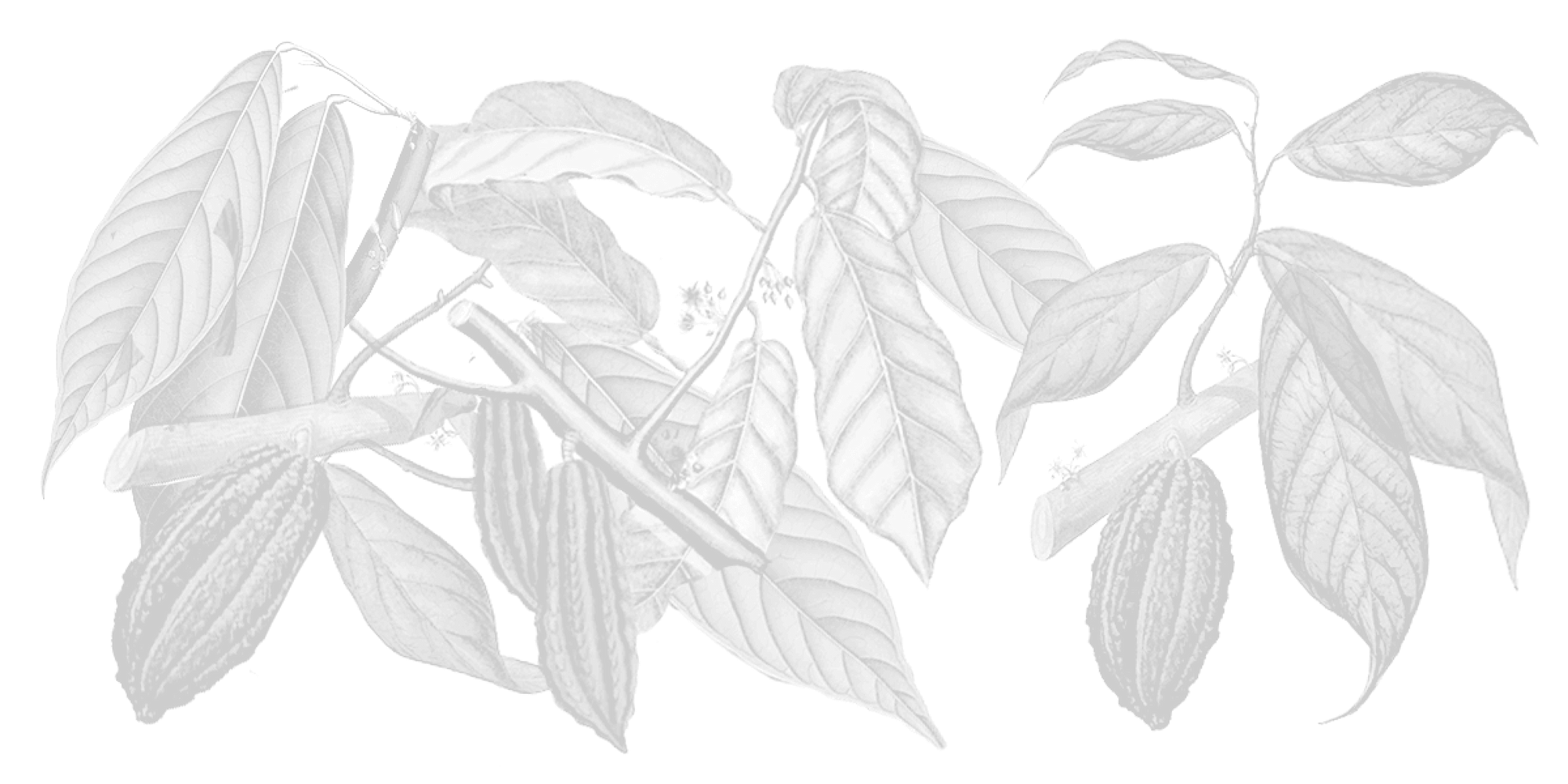
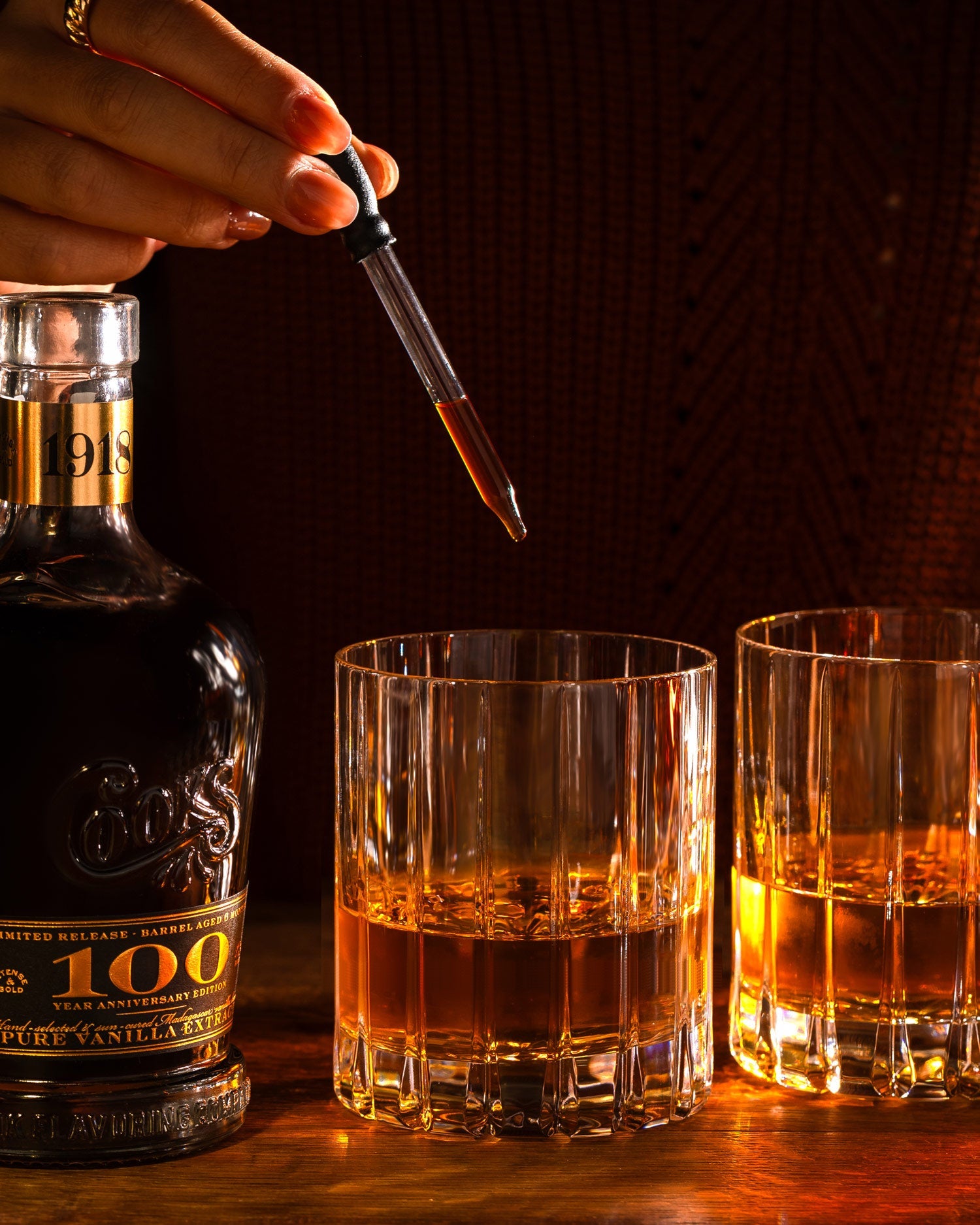

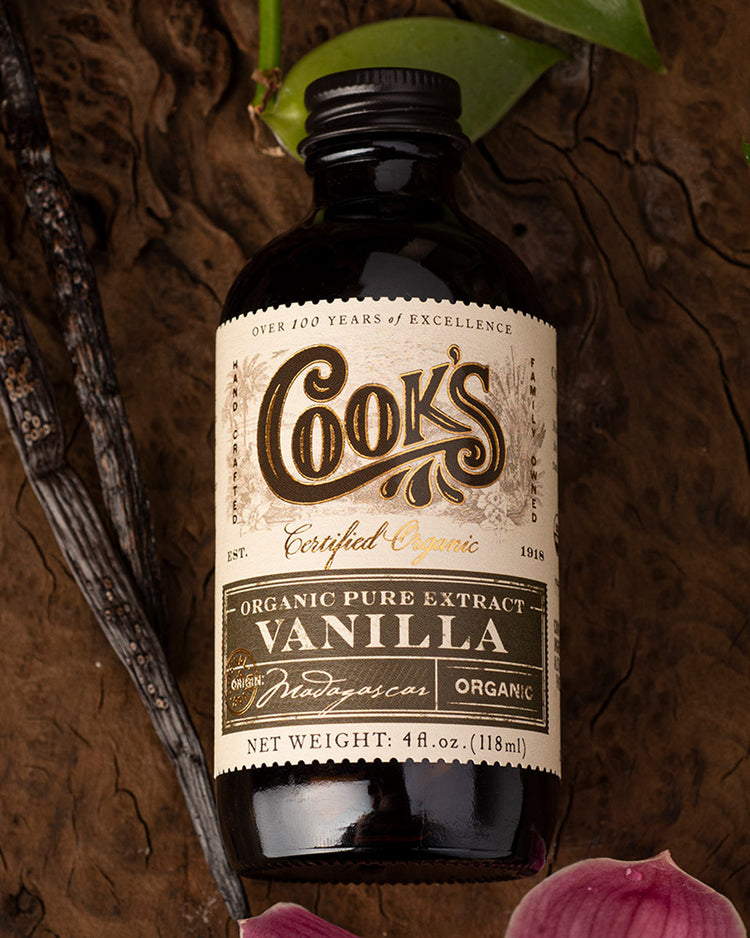
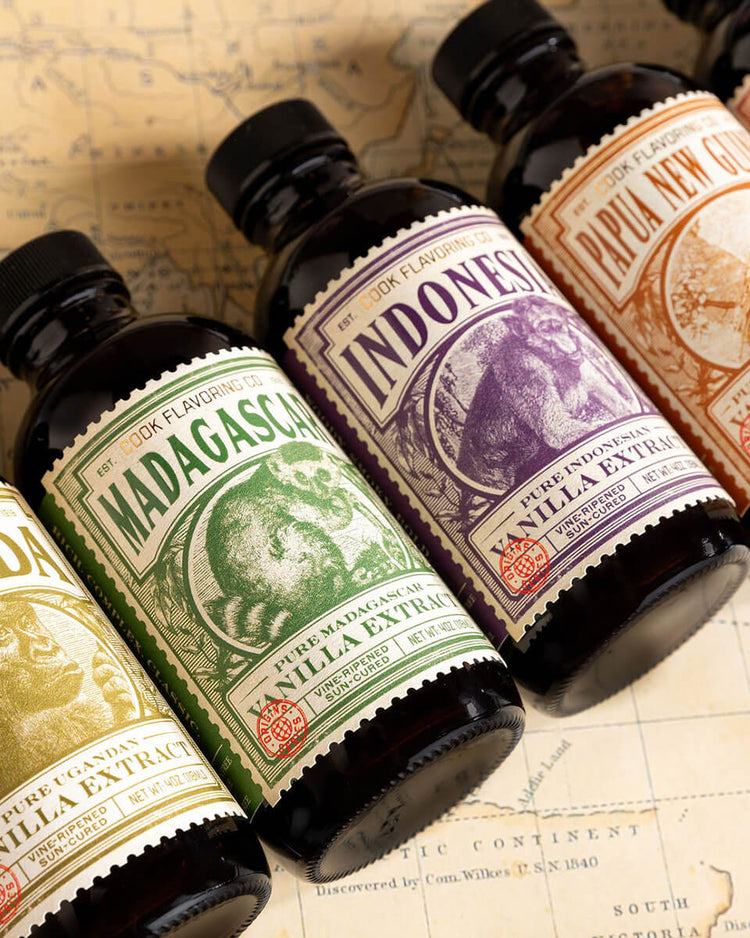


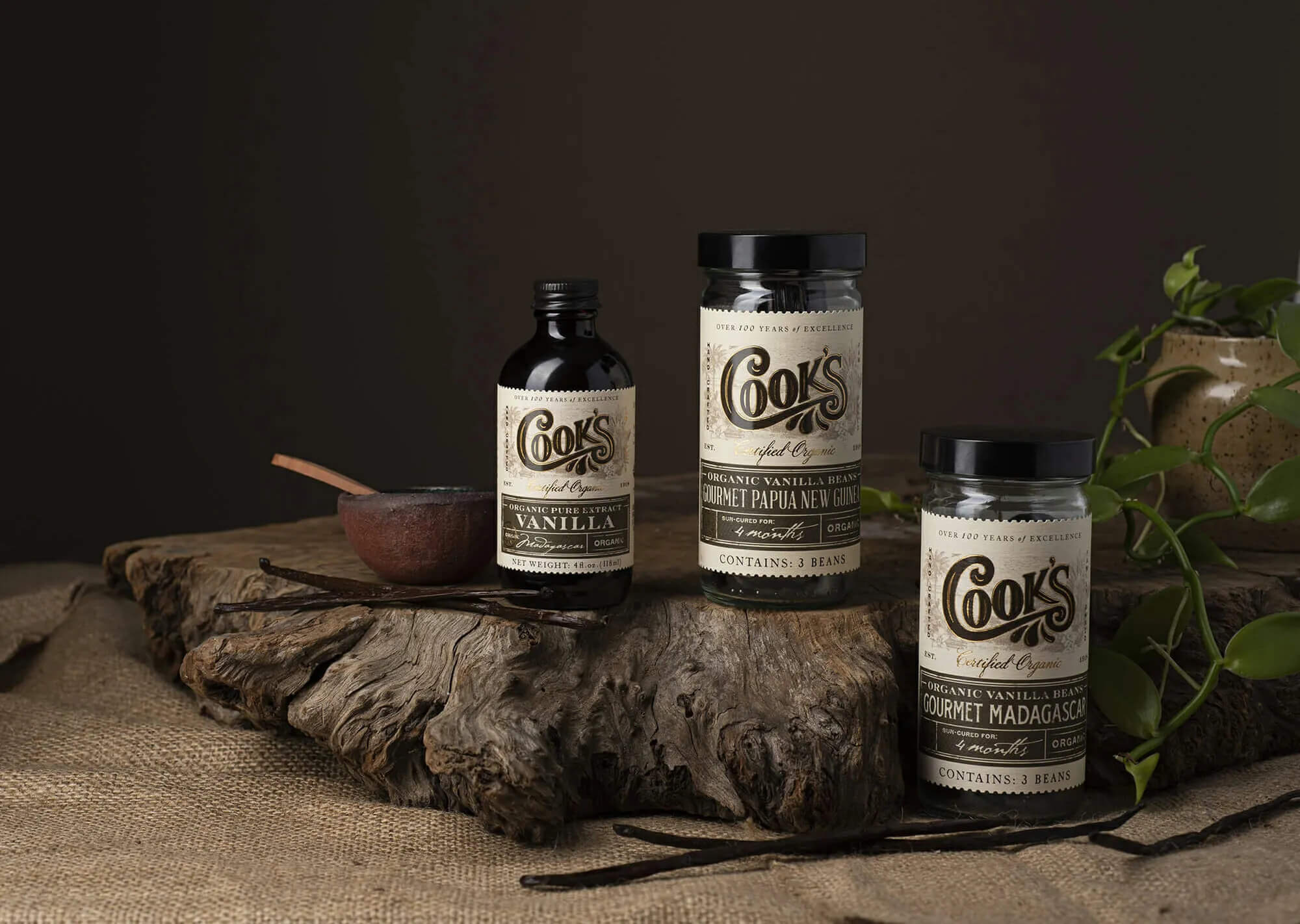
Comments